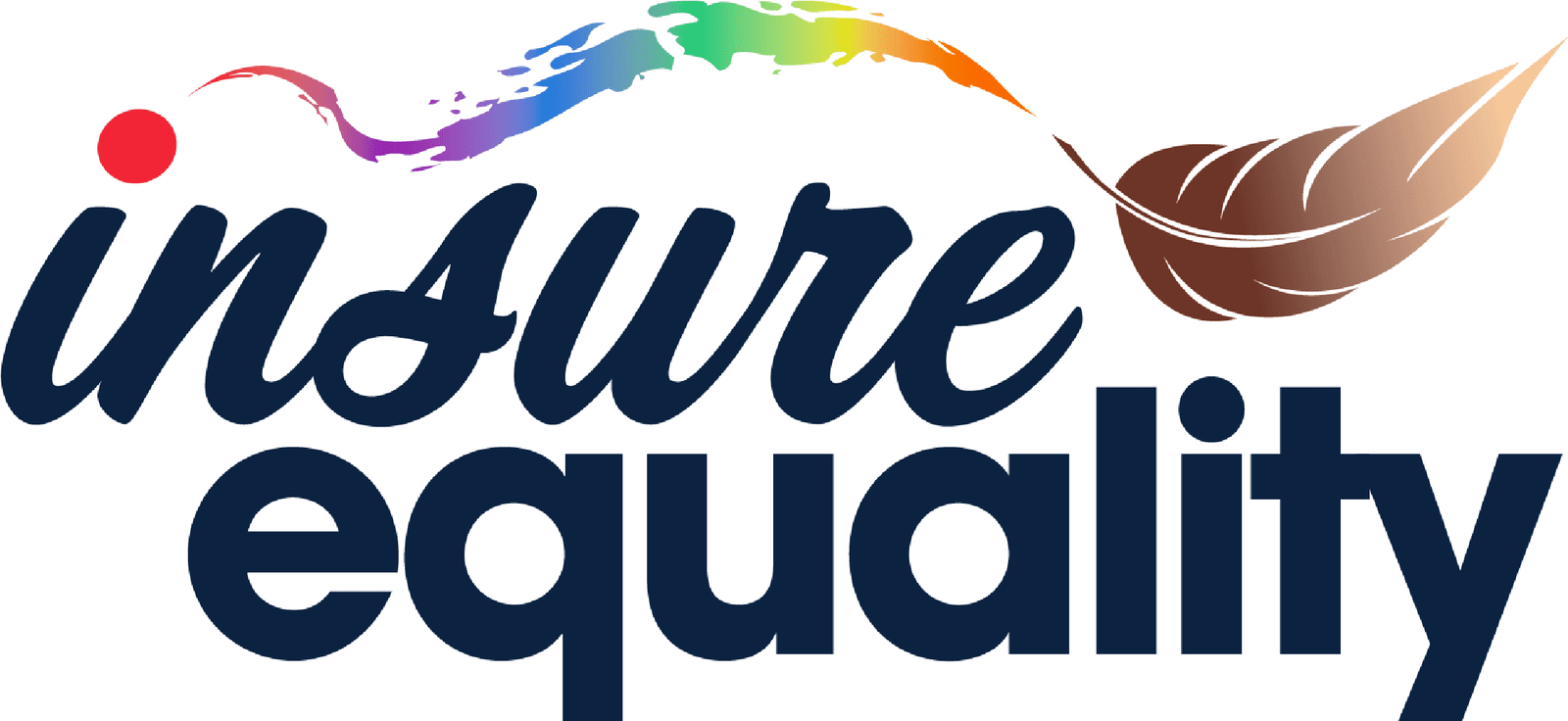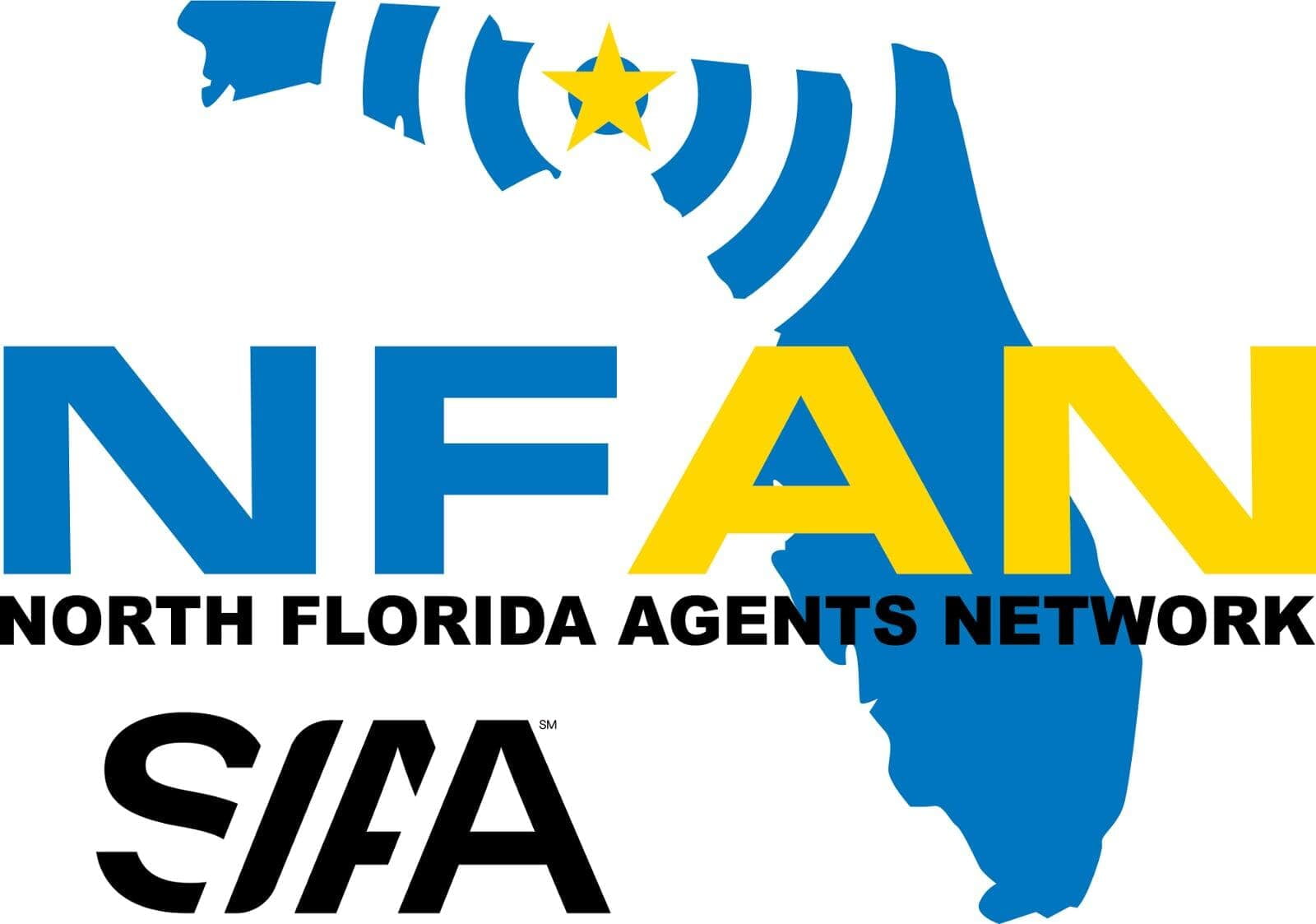What You Need to Know About the DOT New Entrant Safety Audit
If you're a new entrant planning to operate in interstate commerce within the United States, passing the DOT New Entrant Safety Audit is mandatory to secure legal registration with the U.S. Department of Transportation (DOT).
What Does the Audit Include?
The safety audit evaluates your safety management system to ensure compliance. Key areas of review include:
- Driver Qualifications
- Accident Records
- Driver Duty Status Records
- Substance and Alcohol Testing Compliance
- Vehicle Maintenance
- Hazardous Materials Handling
Important: If you refuse to allow the audit, the FMCSA (Federal Motor Carrier Safety Administration) will issue a notice stating your registration will be revoked, and operations placed out of service unless you agree in writing within 10 days to undergo the audit.
What Can Trigger an Expedited Action?
Certain actions may result in an expedited safety audit, compliance review, or demand for corrective action. These include:
- Operating a Commercial Motor Vehicle (CMV) without a valid CDL (Commercial Driver’s License).
- Using a vehicle that has been placed out of service without correcting the issues.
- Being involved in a hazardous materials incident or multiple reportable incidents.
- Employing drivers who fail or refuse drug or alcohol tests.
- Operating without mandatory insurance coverage.
- Sustaining a driver or vehicle out-of-service rate of 50% or higher across three inspections within 90 days.
What Happens After the Audit?
Upon completing the audit, outcomes are categorized as follows:
- Pass: You will receive a written notice indicating adequate safety management controls. Your performance will be monitored for the remaining 18-month probationary period.
- Fail: You’ll be notified of inadequate safety management controls. If corrective actions aren’t taken, your registration will be revoked, and operations placed out of service.
After the 18-month monitoring period, successful entrants are notified that their registration designation is permanent.
Automatic Failure of the Safety Audit
Certain violations will result in an immediate failure and registration revocation. Examples include:
- Failing to implement required alcohol or drug testing programs.
- Using drivers with invalid or disqualified CDLs.
- Allowing unqualified or disqualified drivers to operate CMVs.
- Operating without sufficient insurance.
- Failing to maintain vehicle inspections or correct out-of-service defects.
For a full list of violations leading to automatic failure, refer to FMCSA guidelines.
Some information provided by: FMCSA and AI







